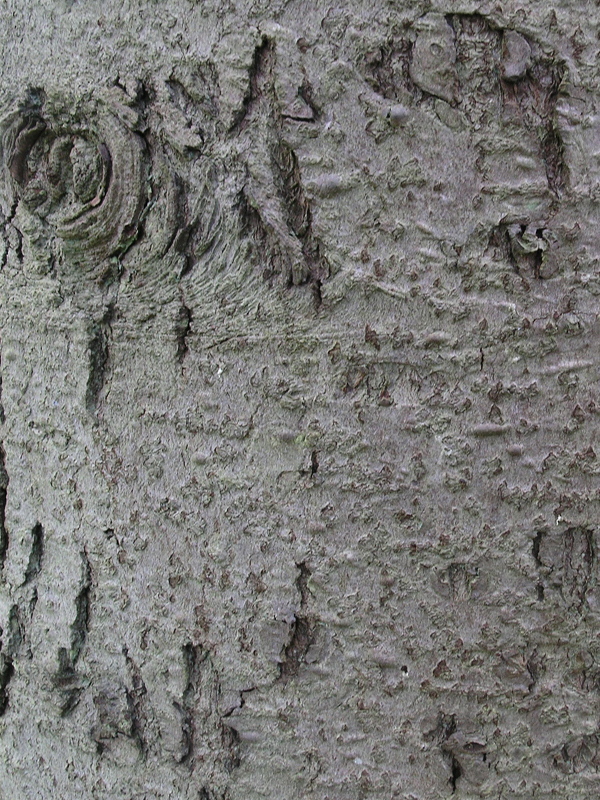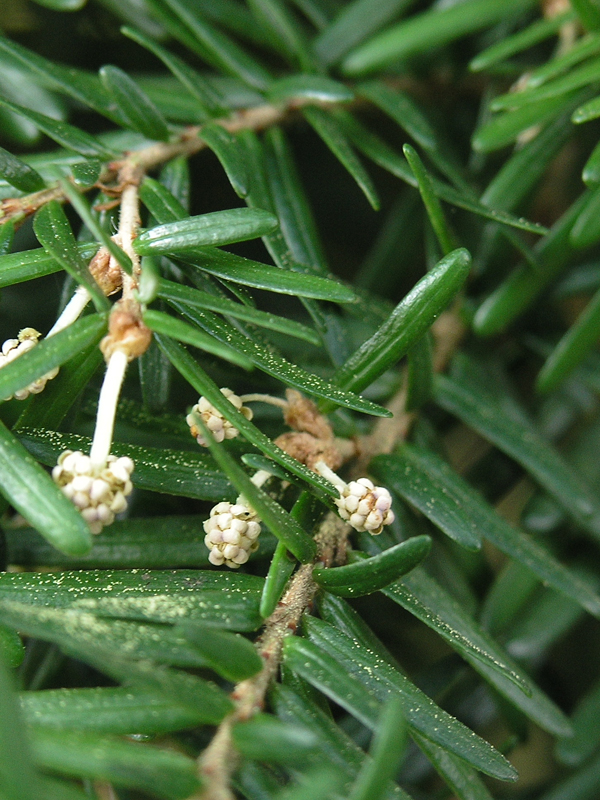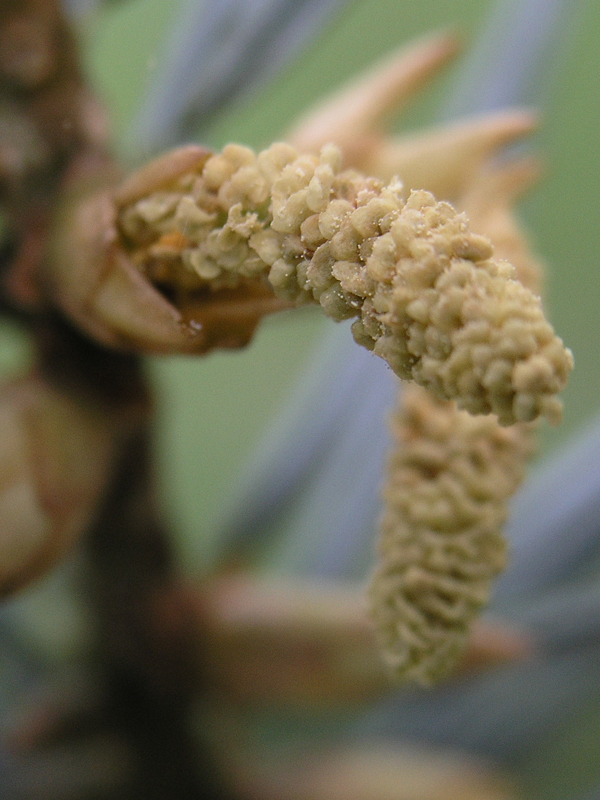| General Description | Easily identified with its unique narrow crown and long resinous bracts on the cone. It has a dense perpendicular branching habit with stiff dark green needles.
|
| ID Characteristic | Bristlecone Fir has stiff, flat, dark green lanceolate needles with a whitish underside and a dark midrib. It has a dense branching pattern that begins near the ground and ends in a long narrow crown. |
| Shape | Upright pyramidal. |
| Landscape | The Bristlecone Fir requires an area with little to no irrigation and is originally from areas with long drought periods. Plant this tree in protected areas from north winds.
|
| Propagation | The seeds do not require any stratification or scarification. Sow seed in a rich mineral soil in autumn at a depth of 0.5 cm. Hardwood cuttings, that are 15 - 20 cm long can be taken in December and dipped in a rooting hormone and fungicide. When grafting, use A. grandis or A. procera as rootstock for they have been found to be most compatible, scions taken in January or February can be side grafted. |
| Cultivation | Prefers shade to full sun, acidic soils with a variable pH of 3.5 - 6.5. It can handle dry to normal draining soil, with a soil texture from sandy to clay loam.
|
| Pests | Hylemya spp. (Cone maggot), Megastigmus spp. (Seed chalcid) and Cydia bracteatana lay larvae in cones, bracts and seeds.
|
| Notable Specimens | University of California Botanical Garden, Berkely, California, United States of America.
|
| Habitat | Bristlecone Fir can be found in mixed evergreen forests on the steep rocky slopes of the Santa Lucia Mountains. It is often found growing in association with Pinus lambertiana, Pinus ponderosa, Pinus coulteri, Calocedrus decurrens and in the Quercus chrysolepis phase of the forest. |
| Bark/Stem Description | Red-brown bark on the trunk and branches is thin and smooth and as the tree matures the bark cracks creating appressed scales.
|
| Flower/Leaf Bud Description | Buds are ovate to fusiform, with a pale yellowish-brown colour. They are 1-2 cm long ending in a sharp apex point and are not resinous. |
| Leaf Description | Bristlecone Fir has needles that are stiff, 2.5 - 6 cm long, flat, lanceolate and dark green. They have a raised dark midrib on the underside with white stomatal rows on each side of the midrib.
|
| Flower Description | Staminate cones are 5 - 7 cm long and 2 - 3 cm wide, with yellow to yellow -green pollen. The ovulate cones are ovoid, resinous 7-12 cm long and 4-5.5 cm wide; purplish-brown in colour and held upright on stout peduncles.
|
| Fruit Description | The purple-brown to light green ovulate cones mature in late August. The closely spaced scales that have two seeds at the base; begin to shatter from the top down and disperse in the mid-September wind. The glabrous scales are thin and finely serrulate with bracts that are 4 - 5 cm long, trilobed and yellowish with a resinous glob at the end. |
| Colour Description | Foliage is dark green with white undersides and dark midribs. Bark is reddish-brown on the trunk and branches.
|
| Texture Description | Fine, trunk becomes slightly scaled with maturity.
|


